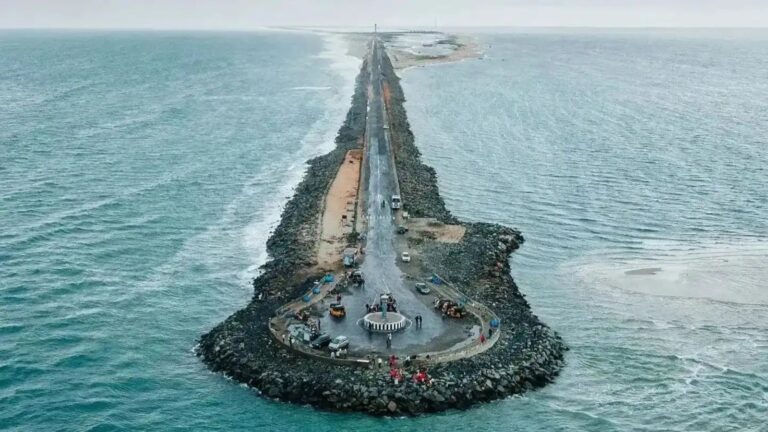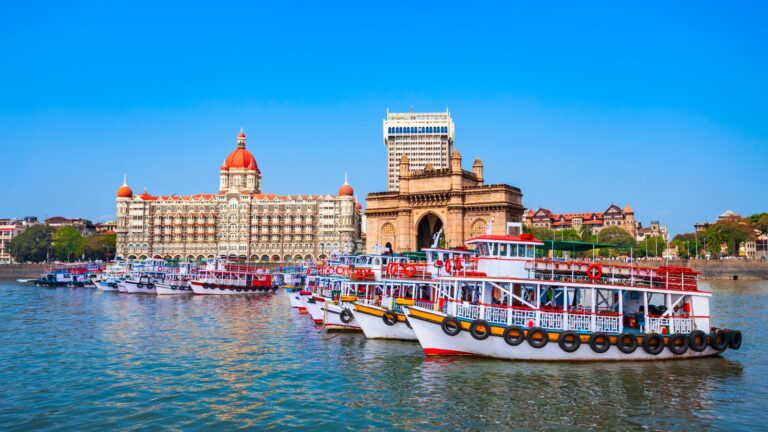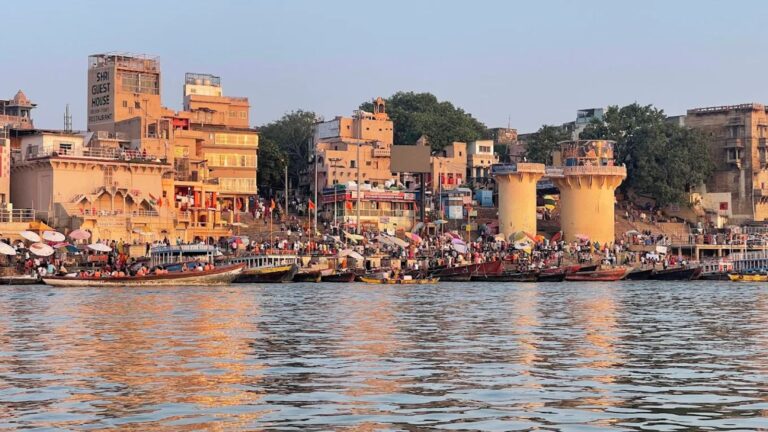
How Kos Minars guided travelers in Medieval India
Kos Minars are medieval milestones that once dotted the highways of northern India. The name combines “kos,” a traditional unit of distance (2 miles or roughly 3.22 kilometers), with “minar,” meaning tower or pillar. These solid brick-and-lime structures were first…







